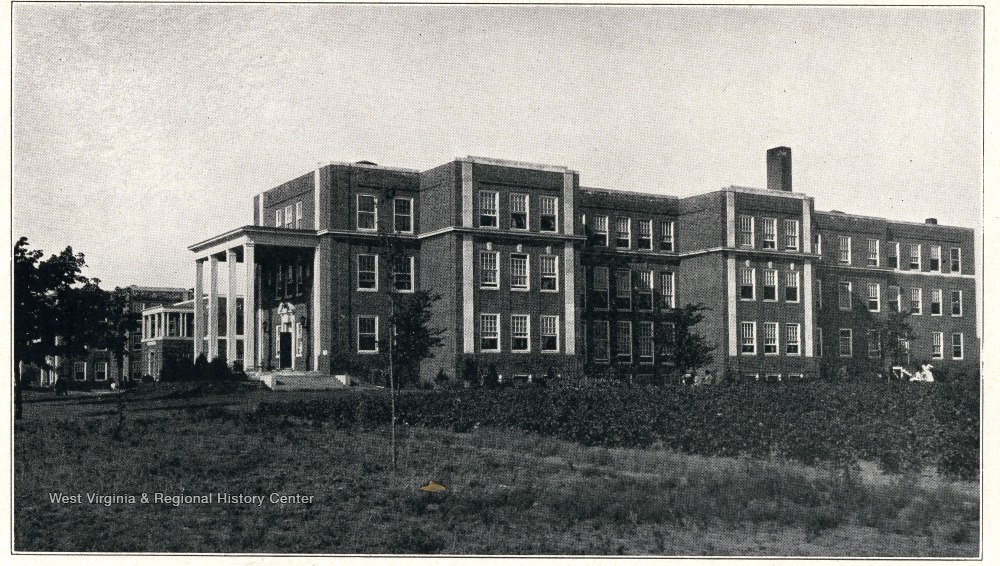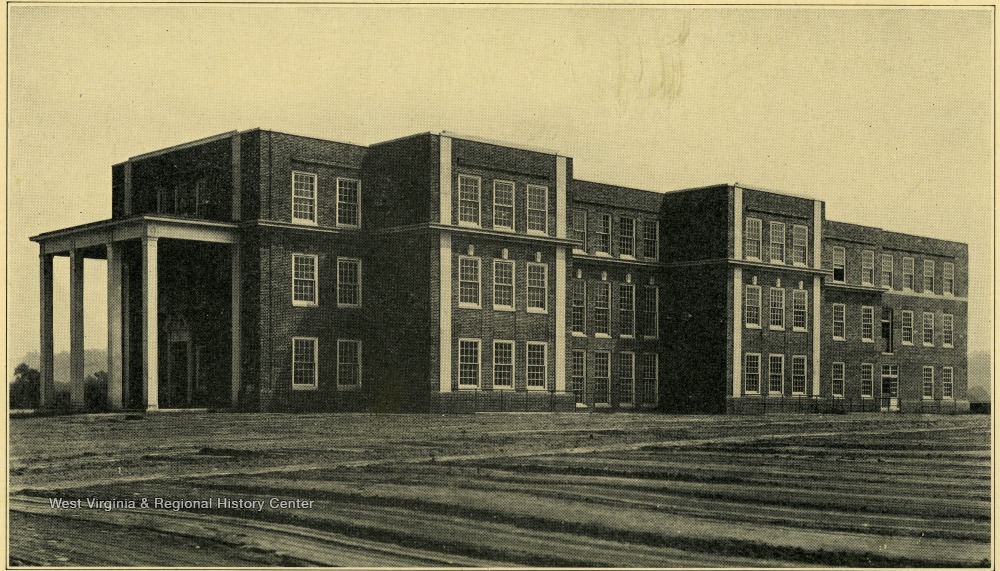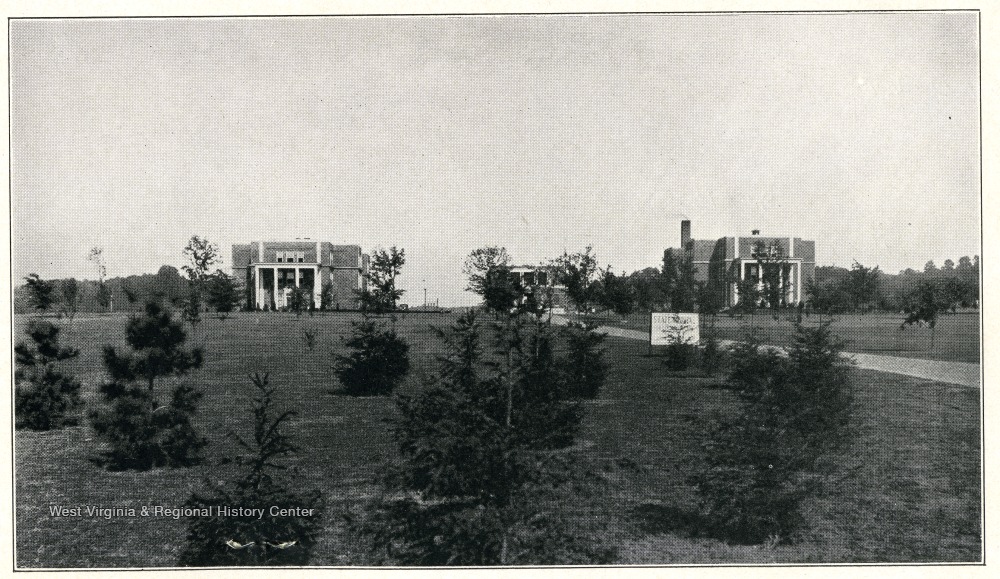History of Lakin State Hospital
Posted by Jane Metters LaBarbara.January 25th, 2021
Blog post by Nathan Kosmicki, WVRHC Graduate Assistant.
Mental illness and its treatment have a long history in the United States as well as West Virginia. Throughout the nineteenth and twentieth centuries several hospitals were built in West Virginia to service the developing communities in a growing state. Today, West Virginia is home to some famous old hospitals which attract visitors every year in search of either a catered scare or a dive into the macabre past tied to these places. The Trans-Allegheny Lunatic Asylum is a popular and well visited location in Weston.

There was another institution however, which functioned for just over fifty years and today has nearly vanished. The Lakin State Hospital was built in 1926 in Point Pleasant and served as the African American mental hospital for the state during the era of segregation. The hospital was part of a series of community services and institutions proposed by African American delegates in West Virginia’s Legislature. West Virginia’s political make up looked different in the 1920s. The Republican Party ran on a platform of progress and moral reform spearheading the successful implementation of prohibition in 1916 and the ratification of the 19th Amendment. These Afrian American delegates, T. G. Nutter, Harry Capehart, and T. J. Coleman saw accessible and state funded mental health services for African American West Virginians as essential and in tow with the Republican Party’s platform.

The campus was built gradually. The original staff at the hospital shared quarters with the patients until employee dormitories were constructed. The buildings exhibited an emerging modern “budget Deco” style. They were composed almost entirely of brick with symmetrical double-hung windows and ornamental columns along the facades. The main building for the hospital’s campus also featured a two story portico supported by rectangular columns. These design features evoked the streamlined themes of the emerging Art Deco architectural style which exploded throughout the United States during the 1920s, ‘30s, and ‘40s.
Lakin State Hospital was West Virginia’s state hospital for African-American mental health patients, then called the “colored insane,” and was also completely staffed by African Americans. These demographics were very atypical for mental hospitals which normally employed at least one white physician. In addition to the all African American staff, specialists would often visit the hospital. One of these specialists was the infamous Dr. Walter Freeman, an enthusiastic proponent of lobotomization. Freeman performed over 150 lobotomies at Lakin between 1940 and 1960. The hospital shared its campus with the West Virginia Industrial School for Colored Boys and eventually the site became the Lakin Correctional Facility, a women’s prison. Few images still exist from the hospital, and only the administration building remains standing.







January 26th, 2021 at 9:26 am
What a fascinating post. It sure leaves me wanting to know more. Does the WVRHC have a Lakin Hospital collection? I don’t see it in the post.
January 29th, 2021 at 10:15 am
We don’t have a specific archival collection devoted to the hospital, but you could check out A&M 1976, the West Virginia State Board of Control, Correspondence, to see some material about it.
June 30th, 2023 at 3:46 pm
Author Sharyn McCrumb wrote a novel which is a thriller, well-researched, that is set in this hospital. The title is The Unquiet Grave. I’m thoroughly enjoying it!